Evaluation Plan Execution
The most important element in modern chess practice is probably correct planning. The plan is associated with evaluation and execution, three valuable concepts that cannot be separated and which most of the time determine the fate of our positions.
During my training sessions my trainees are asked to use the famous EPE procedure shown below.
SOS Tip 1 EPE
1. Evaluation (strategical & tactical)
2. Plan (ours and our opponents)
3. Execution (calculation & move)
Thats the right order although many trainers/authors do not really follow it as they prefer to teach you to first move and then to think. With this method they have some success, but they will never have a GM or a player near such strength.
Chess is a mind game it asks you to think to find solutions even if these solutions are obvious.
In every position you must know where you are (evaluation), where you want to go (plan) and how you will get there (execution). So simple but we tend to forget this procedure in the heat of the battle.
Nowadays chess games between decent players are full of small plans of different types and ideas based on purely strategic and tactical motives. The one who will evaluate, plan and execute better than the opponent earns the first option to win the game.
A closer examination of games played between strong players will prove that there is some harmony among their moves and some central idea that guides the movements of their forces. This is what we call a plan. A good chess player refuses to act without any plan even if this plan sometimes turns out to be mistaken in the long run.
First, it is important to identify the most important strategic and tactical elements of each position. According to the needs of the position we should create our plan and stick to it. Games where only one plan is used are rarely seen these days. We are usually obliged to create several small plans which are just parts of our main goal: winning!
Many weak players are not able to construct an acceptable plan. This has nothing to do with intelligence but just with basic chess education. Today with so many books, electronic help and trainers available anything can be learned and with constant practice it can be understood and assimilated. Without basic chess education and knowledge, we cant go very far. Therefore, the first step is to understand the basic strategic and tactical elements that govern our game.
Plans are necessary and can be found in every phase of a chess game. From the early opening till the late endgame chess players create the necessary plans derived from such varied factors as the occupation of an important square to an aggressive attack.
Most common are the plans we draw right after the end of the opening phase, but this is not the rule. Nowadays with opening theory having gone very far the choice of a certain opening very much depends on the plan we would like to use!
Some general advice could be presented to the reader as follows:
SOS Tip 2 Planning
1. Notice and understand the main merits and disadvantages of each side.
2. Notice the immediate threats of both sides but especially of your opponent!
3. Determine what is the most significant target(s) and how the plan should be executed.
4. Examine what will be the opponents reaction to your plan.
5. Examine what your opponents possible main plan is (or can be) and how you should react to it.
6. If you can choose among two or more good plans opt for the one that you think can bring the most benefits.
7. Follow your plan. Do not change it without a good reason.
Chapter 1.
Basic Knowledge
The Lucena Position
The Lucena Position is one of the most famous and important positions in endgame theory where one side has a rook and a pawn, and the defender has a rook.
It is fundamental in rook and pawn vs rook endgames that if the side with the pawn can reach this type of position, he can forcibly win the game. Most rook and pawn versus rook endgames reach either the Lucena Position or the Philidor Position if played accurately.
The side with the pawn will try to reach the Lucena Position to win; the other side will try to reach the Philidor Position to draw.
The Lucena Position is named after the Spaniard Luis Ramrez de Lucena although it is something of a misnomer because the position does not in fact appear in his book on chess: Repeticin de Amores e Arte de Axedrez (1497).
It does appear, however, in Alessandro Salvios Il Puttino (1634), a romance on the career of the chess player Leonardo da Cutri, and it is in that form that it is given here.
Salvio attributes it to Scipione Genovino. It is likely that the error arose from the sixth edition of the Handbuch des Schachspiels, in which editor Constantin Schwede incorrectly attributed the position to Lucena 96, possibly as a result of confusion over the references in Antonius van der Lindes 1874 work Das Schachspiel des XVI. Jahrhunderts.
The essential characteristics of the Lucena Position are:
SOS Tip 1 Characteristics
1. The pawn is any pawn except a rook pawn.
2. The pawn has advanced to the 7th rank.
3. The stronger sides king (the one with the pawn) is on the queening square of his pawn.
4. The stronger sides rook cuts-off the opposing king from the pawn by at least one file.
5. The defending rook is on the file on the other side of the pawn.
6. The winning method: building a bridge.
Like in almost all endings, the rook pawns (a and h) are the least desirable for the attacker in rook endings as well.
Even in the favorable case that a Lucena Position has been reached, the defending king must be cut-off for at least three files.
Thus, if White has an a-pawn and the black rook controls the b-file, the black king must not be nearer than the f-file for White to win.
Hence, we can conclude:
SOS Tip 2 Conclusions
1. If the pawn is on the 7th rank, multiple winning methods exist. The most important ones are building a bridge for protection from checks along files and a rook maneuver for protection from side checks along ranks.
2. When the king of the weaker side is cut-off from the pawn the only defensive technique consists of side checks.
3. A rook pursuit of the enemy king can only be successful when the rook and the pawn are separated by at least three lines.
4. A central or a bishop pawn divides the chessboard into two unequal parts: one is long, another is short. The correct positioning of forces for the weaker side is to keep the king on the short side and the rook on the long side.
The Lucena Position is heaven for the side with the extra pawn: it is the desired outcome of every rook ending.
In most cases it an easy concept to play but there are certain cases where knowledge and accuracy are demanded.
Example 1
Our first example is simple but illuminating. Whites aim is to either promote his pawn or else compel Black to give up his rook for it either result will leave White with an overwhelming material advantage and a straightforward win. White has managed to advance his pawn to the 7th rank, but it is prevented from queening because his own king is in the way. White would like to move his king and then promote his pawn but is prevented from moving to the h-file by the black rook and prevented from moving to the f-file by the black king.
1... R h2
The black rook must stay on the h-file. After 1... R a1 2. R h3! and 3. K h7, White wins.
1... R h2 2. R f4!
The first step of the basic winning method called the bridge.
2... R h1 3. R e4+! K d7
Also hopeless is 3... K f6 4. K f8! .
Next page



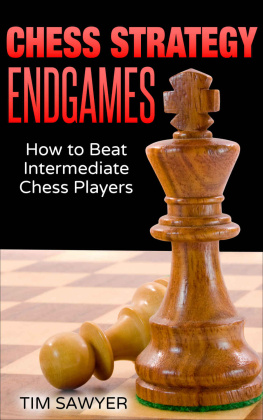


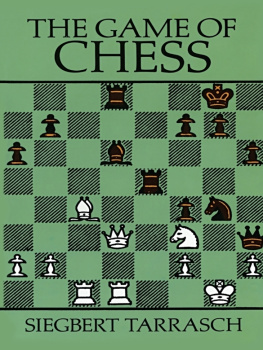
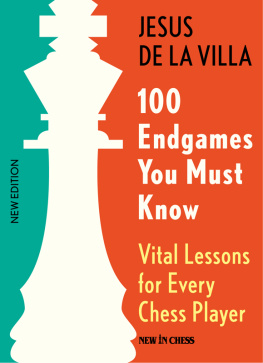
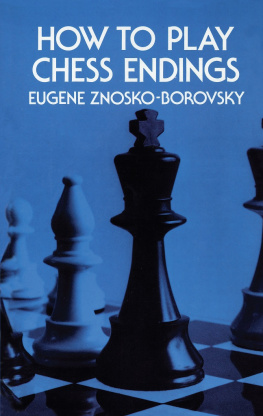

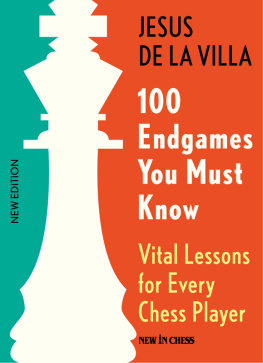
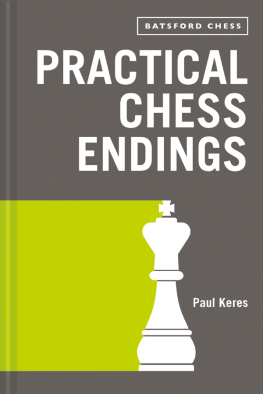
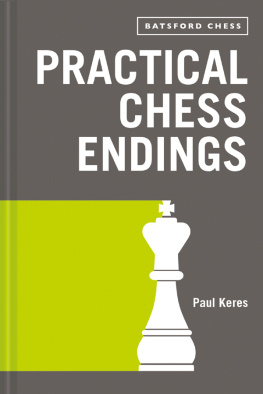
_converted_1.png)